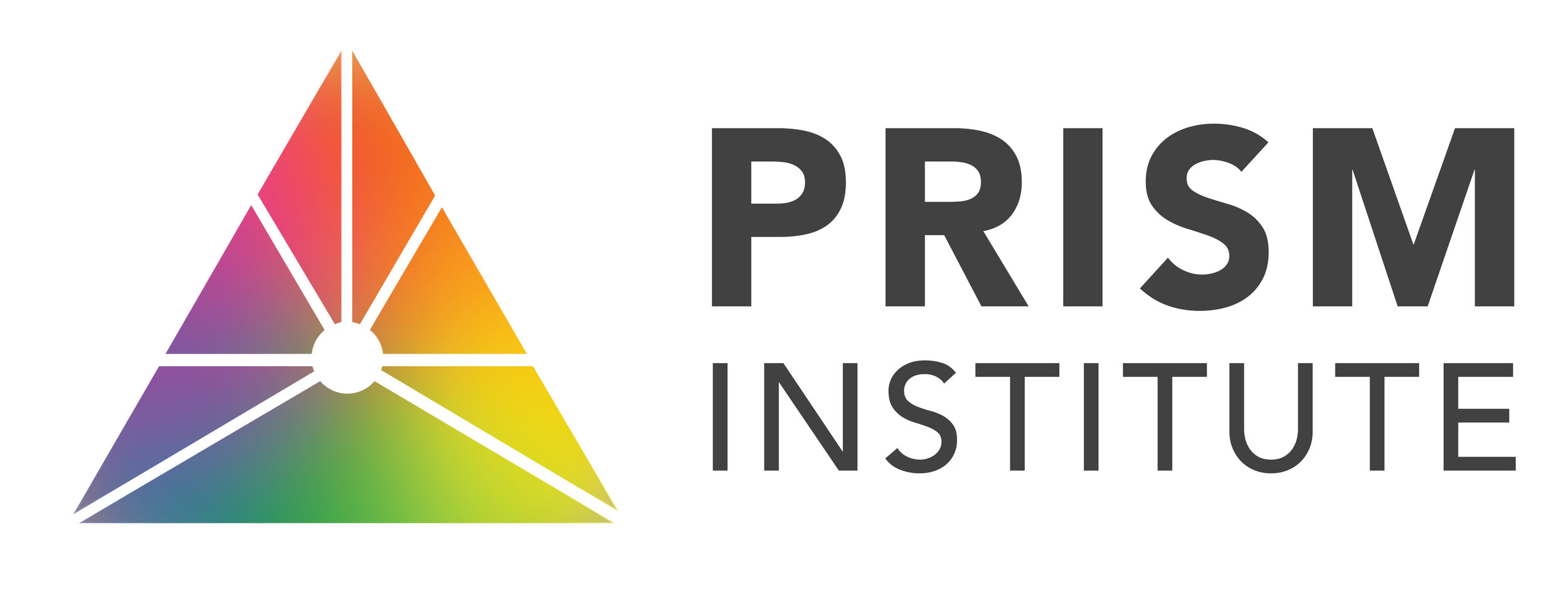Importance
The programs Prism develops help to illuminate the ways in which heteronormative and LGBT-phobic cultural constructs influence identity development. Disparities in mental health, education, career and financial success are documented, and stem from a variety of factors including social stigma, discrimination, prejudice, denial of civil and human rights, abuse, harassment, victimization, social exclusion and family rejection.
Interrupting and altering the culture’s embrace of homonegativity and transphobia into one that accepts and affirms LGBT+ persons will have a direct impact on measures of health, education, career success and longevity for these populations. Equally as compelling, research studies have found that non-LGBT+ persons also benefit when exposed to cultures of acceptance and affirmation.
LGBT students do not feel safe at school
GLSEN School Climate Survey, 2011
experiences of people who were out as transgender in k-12 or believed classmates, teachers or school staff thought they were transgender
2014 US Transgender Survey
lgbt workers experience discrimination in the workplace
Human Rights Campaign 2014. The Cost of the Closet and the Rewards of Inclusion. Why the Workplace Environment for LGBT People Matters to Employers
physical and verbal abuse increases self-harm
IMPACT. (2010). Mental health disorders, psychological distress, and suicidality in a diverse sample of lesbian, gay, bisexual, and transgender youths. American Journal of Public Health. 100(12), 2426-32.
MORE LIKELY TO ATTEMPT SUICIDE
CDC. (2016). Sexual Identity, Sex of Sexual Contacts, and Health-Risk Behaviors Among Students in Grades 9-12: Youth Risk Behavior Surveillance. Atlanta, GA: U.S. Department of Health and Human Services.
MORE LIKELY TO SUFFER INJURY
CDC. (2016). Sexual Identity, Sex of Sexual Contacts, and Health-Risk Behaviors Among Students in Grades 9-12: Youth Risk Behavior Surveillance. Atlanta, GA: U.S. Department of Health and Human Services.
lgbt employees file workplace discrimination complaints at the same rate as people of color
2017 LGBT Data Overview. The Williams Institute




